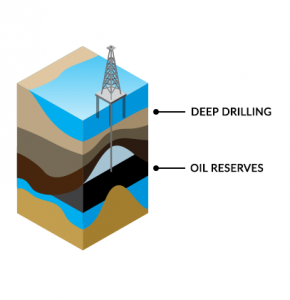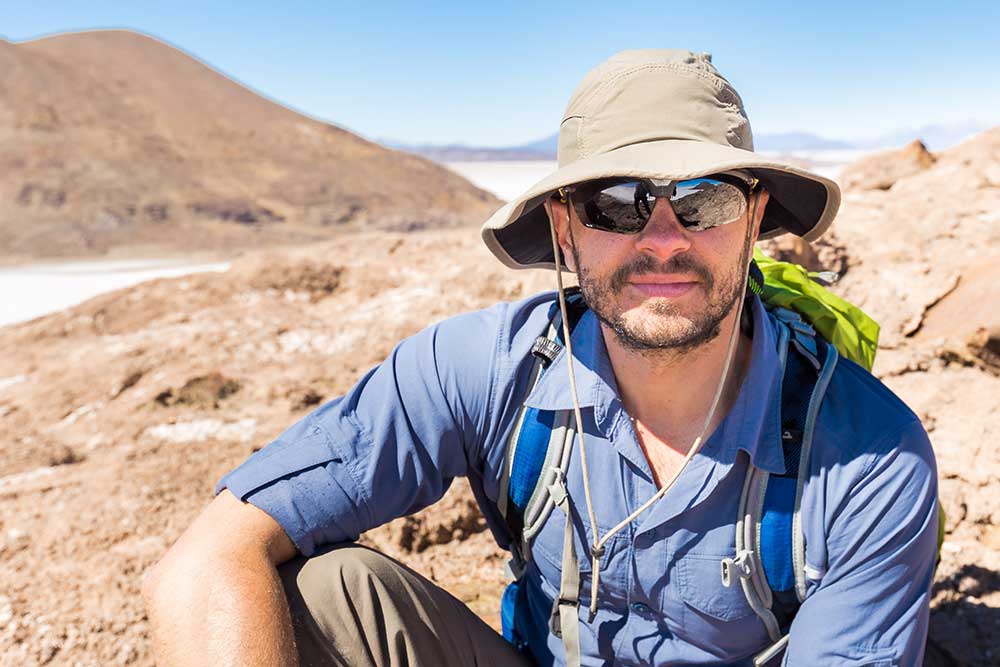All Categories
Featured
Table of Contents
Geophysical Survey Methods in South Perth WA 2023

(PREM)., and the limits between layers of the mantle are constant with stage shifts.

This makes plate tectonics possible. Schematic of Earth's magnetosphere. The solar wind flows from delegated right. If a planet's magnetic field is strong enough, its interaction with the solar wind forms a magnetosphere. Early space probes mapped out the gross dimensions of the Earth's electromagnetic field, which extends about 10 Earth radii towards the Sun.
Inside the magnetosphere, there are reasonably dense areas of solar wind particles called the Van Allen radiation belts. Geophysical measurements are generally at a particular time and place.
Geophysical Surveys - U.s. Geological Survey in Koondoola Western Australia 2023
, integrates astronomical collaborates and the regional gravity vector to get geodetic collaborates. This method only provides the position in two coordinates and is more difficult to use than GPS.
Relative positions of 2 or more points can be figured out utilizing very-long-baseline interferometry. Gravity measurements became part of geodesy because they were required to associated measurements at the surface of the Earth to the referral coordinate system. Gravity measurements on land can be made using gravimeters deployed either on the surface or in helicopter flyovers.
Water level can also be measured by satellites using radar altimetry, contributing to a more accurate geoid. In 2002, NASA released the Gravity Healing and Environment Experiment (GRACE), where 2 twin satellites map variations in Earth's gravity field by making measurements of the range between the 2 satellites utilizing GPS and a microwave ranging system. Satellites in area have made it possible to gather data from not just the visible light region, but in other locations of the electro-magnetic spectrum. The worlds can be identified by their force fields: gravity and their magnetic fields, which are studied through geophysics and area physics. Determining the modifications in velocity experienced by spacecraft as they orbit has permitted fine details of the gravity fields of the planets to be mapped.
Average Geophysicist Salary in Butler Western Australia 2023

Because geophysics is concerned with the shape of the Earth, and by extension the mapping of features around and in the planet, geophysical measurements consist of high precision GPS measurements. These measurements are processed to increase their precision through differential GPS processing. Once the geophysical measurements have actually been processed and inverted, the analyzed results are outlined using GIS.
Many geophysics business have actually designed in-house geophysics programs that pre-date Arc, GIS and Geo, Soft in order to fulfill the visualization requirements of a geophysical dataset. Exploration geophysics is applied geophysics that frequently utilizes remote sensing platforms such as; satellites, aircraft, ships, boats, rovers, drones, borehole picking up equipment, and seismic receivers.
Aeromagnetic data (aircraft gathered magnetic data) collected using traditional fixed-wing airplane platforms need to be corrected for electromagnetic eddy currents that are produced as the airplane moves through Earth's electromagnetic field. There are likewise corrections related to changes in measured possible field strength as the Earth rotates, as the Earth orbits the Sun, and as the moon orbits the Earth.
Geophysicist: Job Description, Duties And Requirements in Connolly Western Australia 2021
Signal processing includes the correction of time-series information for undesirable sound or mistakes presented by the measurement platform, such as aircraft vibrations in gravity data. It also involves the decrease of sources of sound, such as diurnal corrections in magnetic information. In seismic information, electromagnetic information, and gravity information, processing continues after error corrections to include computational geophysics which result in the last analysis of the geophysical data into a geological analysis of the geophysical measurements Geophysics became a different discipline just in the 19th century, from the intersection of physical geography, geology, astronomy, meteorology, and physics.
The magnetic compass existed in China back as far as the 4th century BC. It was used as much for feng shui as for navigation on land. It was not up until good steel needles could be created that compasses were utilized for navigation at sea; before that, they could not keep their magnetism enough time to be beneficial.
By looking at which of eight toads had the ball, one might identify the direction of the earthquake.'s (1600 ), a report of a series of meticulous experiments in magnetism.
Geophysical Surveys For Petroleum in Glendalough WA 2022
Dietmar; Sdrolias, Maria; Gaina, Carmen; Roest, Walter R. (April 2008). "Age, spreading rates, and spreading out asymmetry of the world's ocean crust". Geochemistry, Geophysics, Geosystems. 9 (4 ): Q04006. Bibcode:2008 GGG ... 9. 4006M. doi:10. 1029/2007GC001743. S2CID 15960331. "Earth's Inconstant Electromagnetic field". science@nasa. National Aeronautics and Area Administration. 29 December 2003. Obtained 13 November 2018.
Leipzig. Berlin (Gebruder Borntraeger). Runcorn, S.K, (editor-in-chief), 1967, International dictionary of geophysics:. Pergamon, Oxford, 2 volumes, 1,728 pp., 730 fig Geophysics, 1970, Encyclopaedia Britannica, Vol. 10, p. 202-202 Ross 1995, pp. 236242 Shearer, Peter M. (2009 ). Introduction to seismology (2nd ed.). Cambridge: Cambridge University Press. ISBN 9780521708425. Stphane, Sainson (2017 ).
Latest Posts
Geophysical Survey in Jandakot Australia 2020
Geophysics Definition & Meaning in Roleystone Oz 2021
Geophysical Survey - Explore The Seafloor in Kinross WA 2021